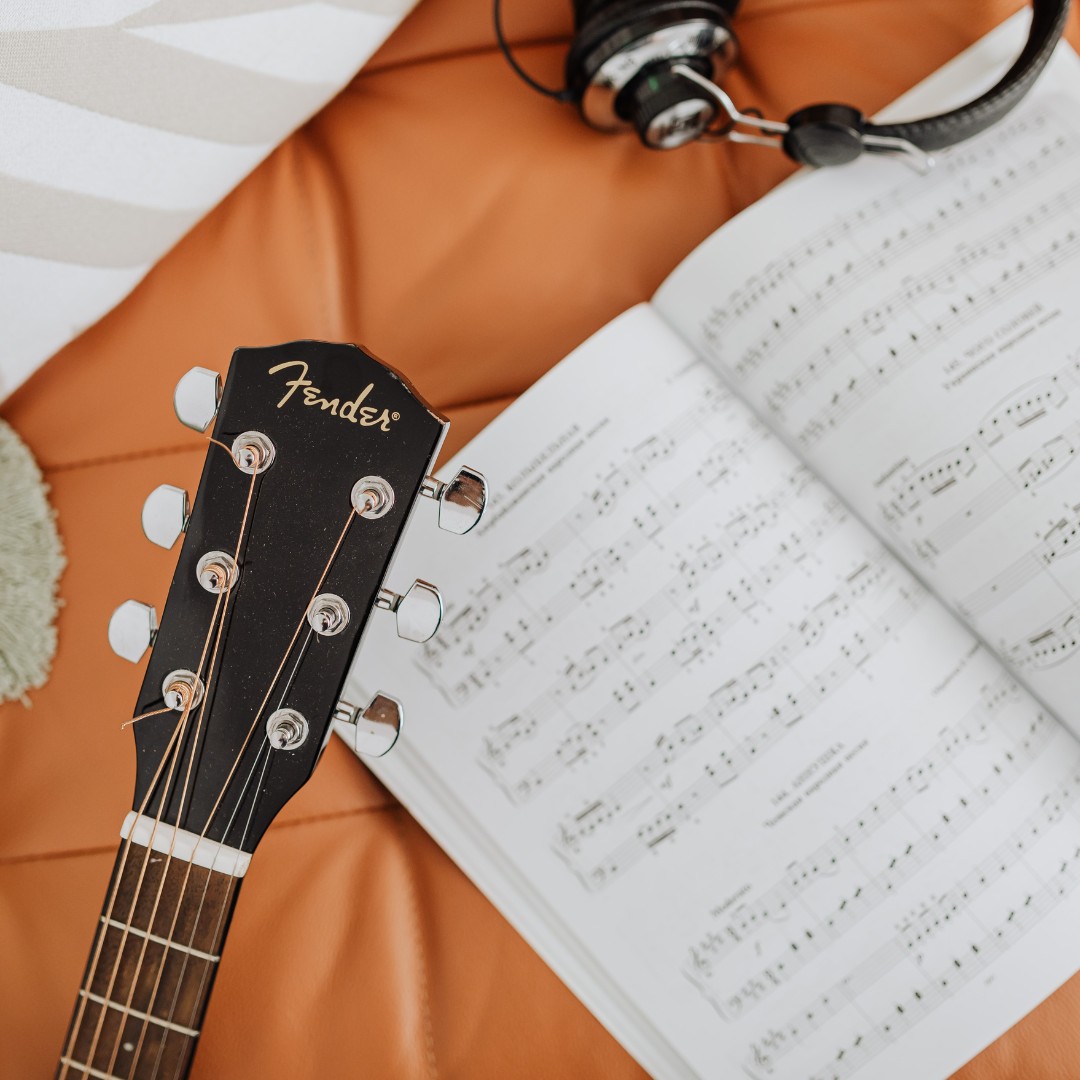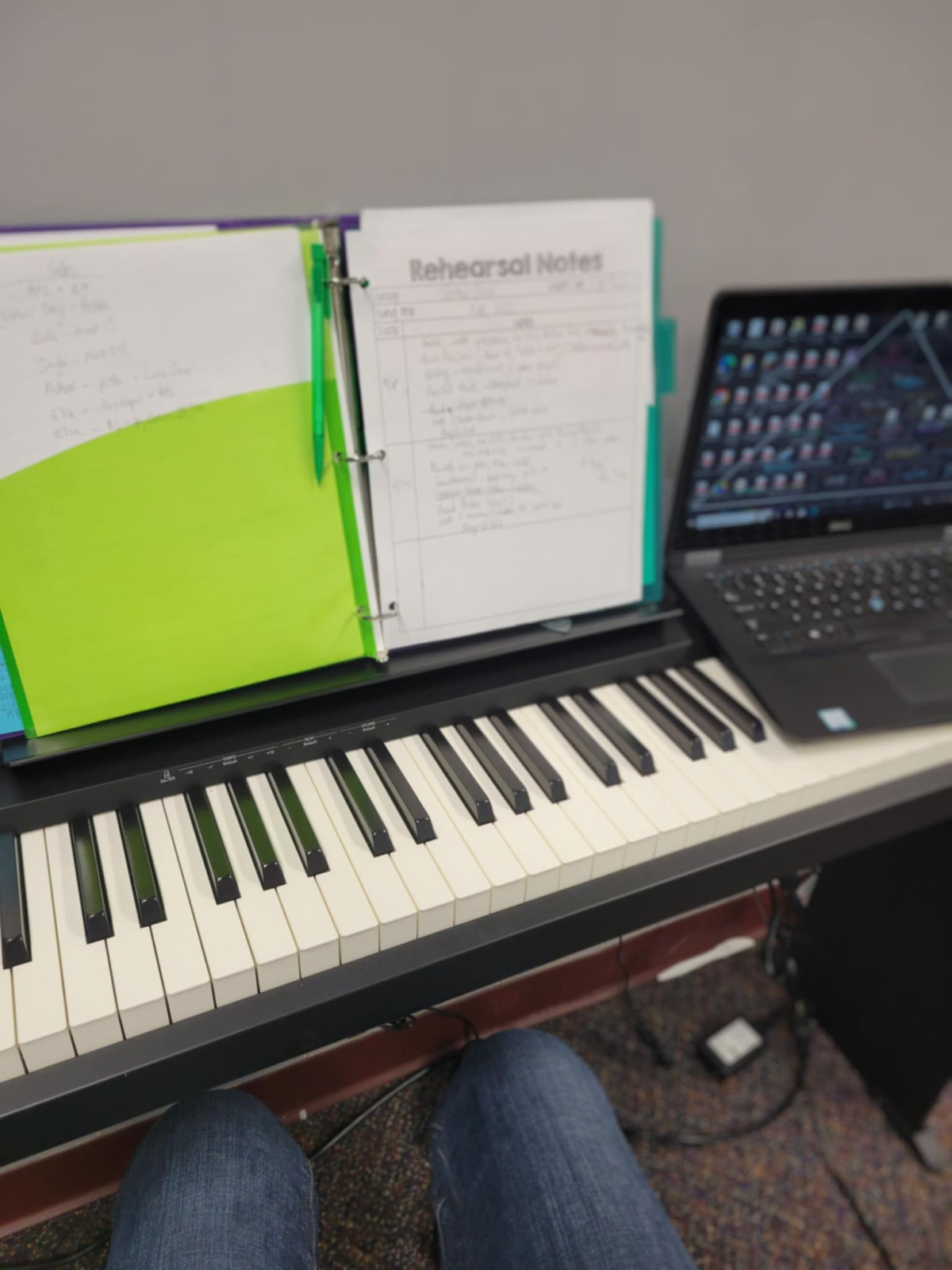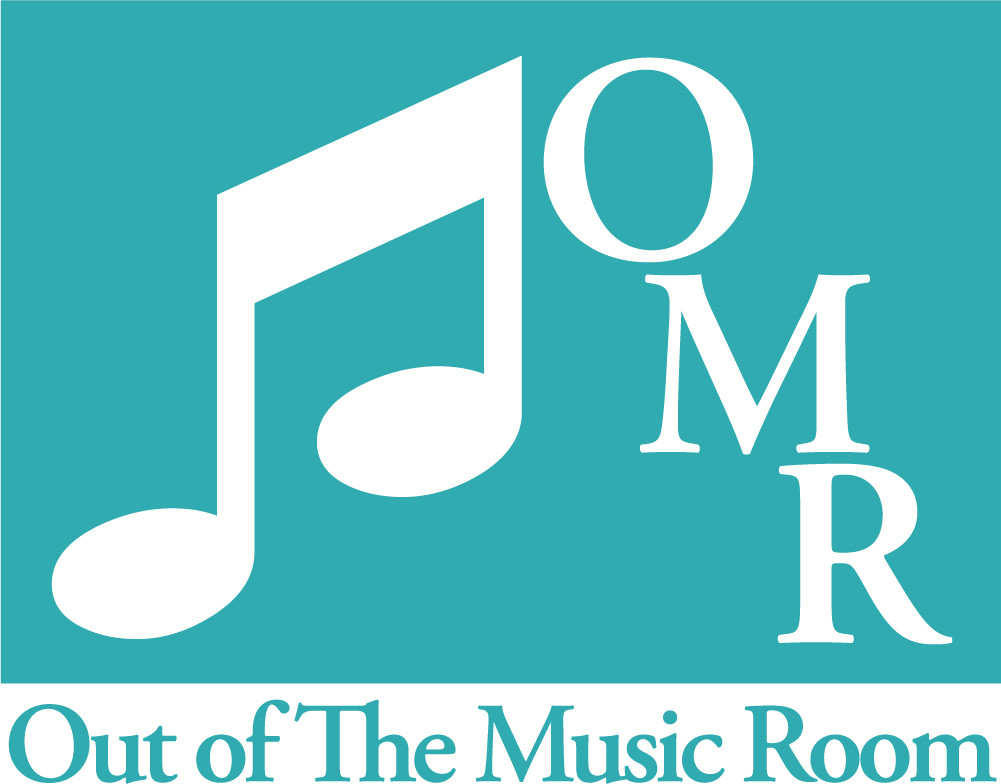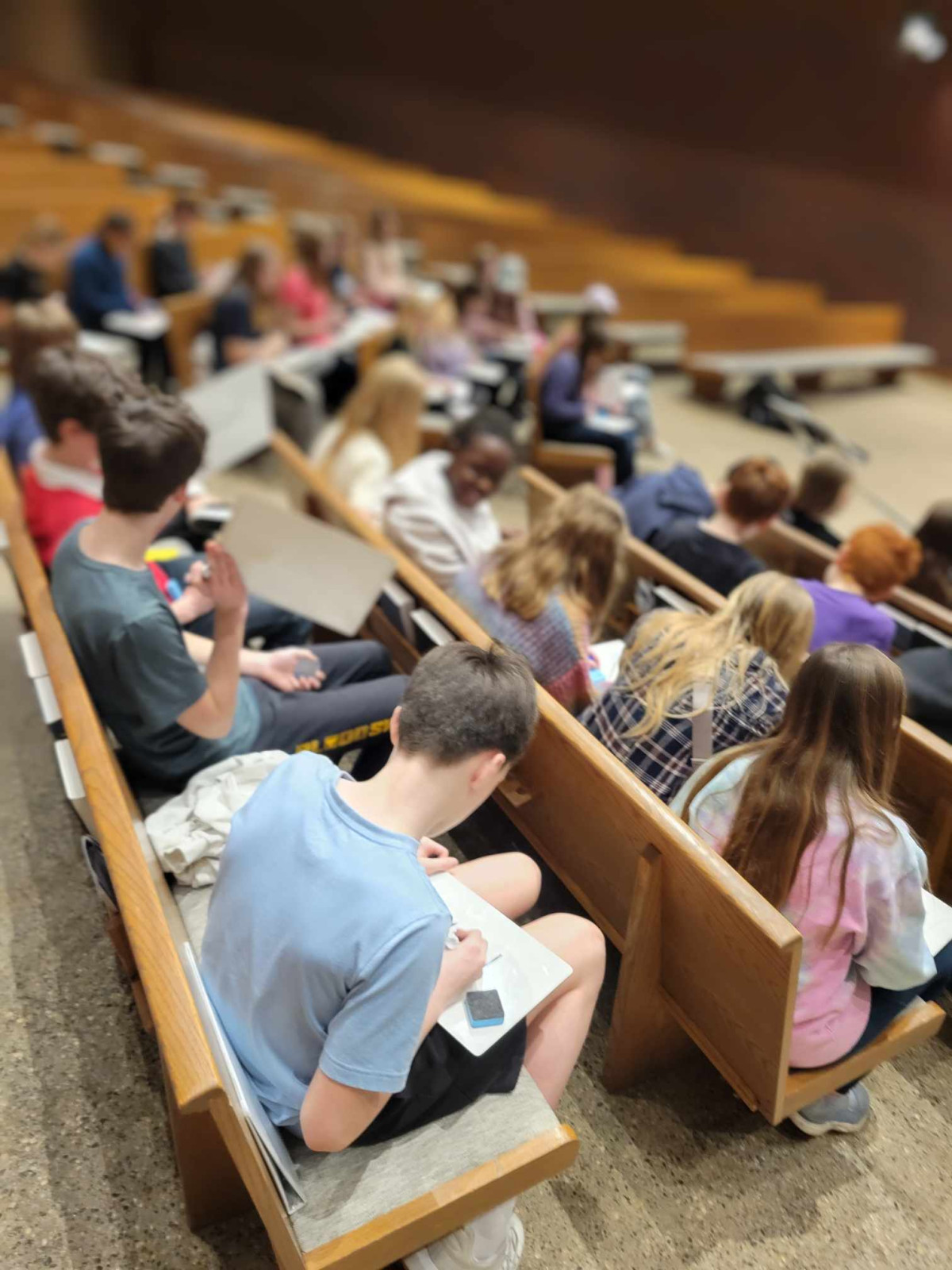
Rotating Turns: A Balanced Approach
1. Plan Your Activities Well
- Solos During Echo Songs or Tonal Patterns: Encourage students to sing back a short echo for a warm-up, call and response or echo song, or tonal pattern (if you use Conversational Solfege). In this way, you can truly have every student sing a solo (one line of the echo song) even in large classes and it takes less than 3 minutes!
- Instrumental Rotations: Utilize an instrument for a beat-keeping activity that holds attention (a loud one you don't use often is good for this because you only take out one at a time!). Each student takes a turn playing that instrument to the steady beat while the class speaks or sings a rhyme or simple song to the beat that student set the tempo with. You get to assess that student's steady beat! And each student eventually gets a turn with the special instrument. Pro tip: write down the student's assessment score (referencing a rubric if needed) to check off that they got a turn.
2. Divide and Conquer
- Session 1: Begin with every student doing the echo or beat keeping on their lap together. Ensure that they can confidently do it as a group.
- Session 2: Begin with confident students/students you know will be a good model of what you are wanting to accomplish if they are new at this. Take requests of who wants to go next or follow a predescribed pattern like "go around the circle."
- Session 3-4: Complete with the remaining students, ensuring everyone has had a chance to participate.
Keeping Track: The Importance of Documentation
1. Use a Turn Tracker
2. Assess and Reflect
Building Connections: The Power of Individual Attention
1. Personalized Feedback
2. Foster a Supportive Environment
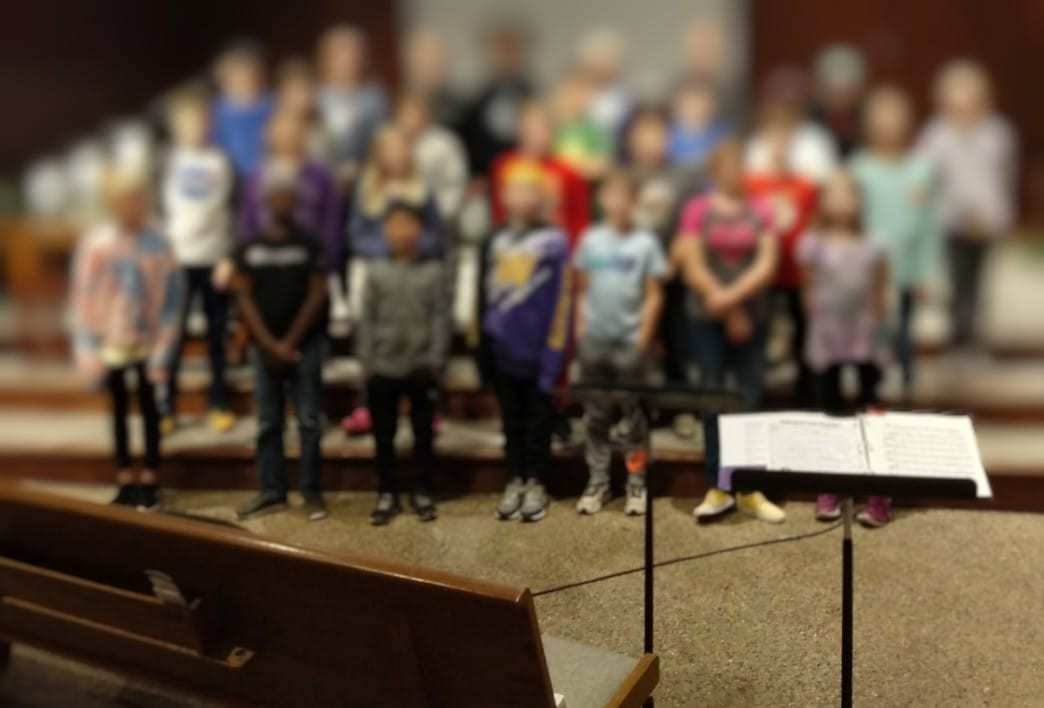
- Note Recognition: The ability to identify and sing the correct pitches indicated in the musical score.
- Rhythm Recognition: Being able to interpret and execute the rhythm of a piece accurately.
- Interval Recognition: Recognizing the distance between two pitches, which helps in accurately reproducing melodies.
- Key and Scale Recognition: Understanding the key signature and scale of a piece, which guides the performer on which notes to sing.
- Phrasing and Articulation: Interpreting the musical notation to convey musical expression, including dynamics, tempo, and articulation.
Ear training, also known as aural skills, involves developing the ability to identify and reproduce musical elements solely by hearing them. This includes melody, harmony, rhythm, and timbre. My goal is always to develop the musical ear before the musical eye.
- Pitch Recognition: Identifying individual pitches and intervals between them.
- Melodic Dictation: Hearing a melody and writing it down in musical notation.
- Harmonic Analysis: Recognizing and identifying chords and chord progressions in a musical piece.
- Rhythmic Dictation: Hearing a rhythm and notating it accurately.
- Chord Progression Recognition: Identifying the sequence of chords in a piece of music.
- Transcription: Listening to a piece of music and notating it in sheet music form.
Conversational Solfege is a system of 12 steps that addresses these needs first by ear and then adding the eye and symbols to it to develop a person's musical mind and musical thinking in a playful, creative way!
To learn more about Conversational Solfege, check it out here. And here are the flash cards I use that go with the CS units. I'm happy to chat more about CS as well, it's a passion of mine to use this well-created resource to help develop young musicians.



